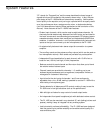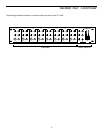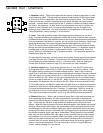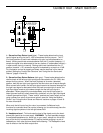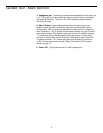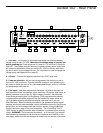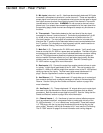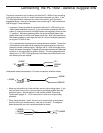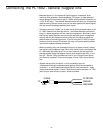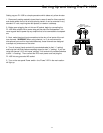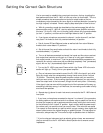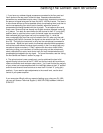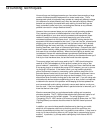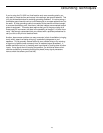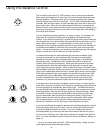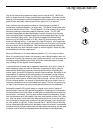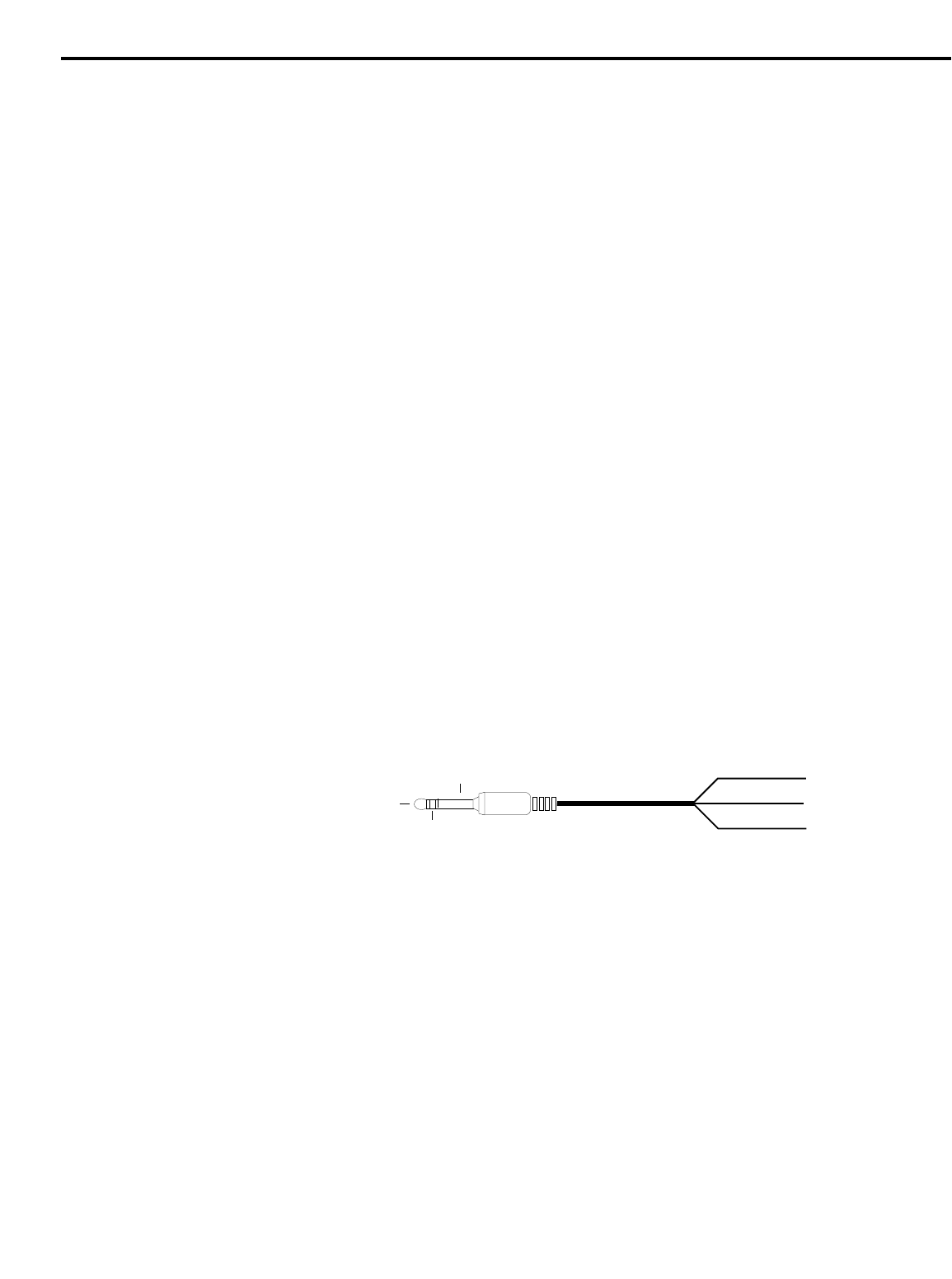
10
• Matched signals (i.e. the stereo left-right outputs of a keyboard, drum
machine, tone generator, effects processor, CD player, or tape recorder),
should always be connected to the PL 1602’s paired odd/even channels (i.e.
1L/2R, 3L/4R, etc.). The channel Balance control will allow you to adjust the
relative levels of the two inputs, and you can also equalize the stereo signal,
with the same EQ settings applied to both inputs.
• There are two more “hidden” (or at least not so obvious) stereo inputs to the
PL 1602; these are the Auxiliary returns. Use these whenever you want to
bring in a stereo signal that will not need to be equalized. Also bear in mind
that the two stereo Auxiliary returns can also be used as four monophonic
returns, with the Aux Balance controls giving you the ability to adjust the
relative levels of the left/right inputs. If you’re using the PL 1602 in live per-
formance to drive a mono PA system, you may not need to take the stereo
returns from outboard effects processors.
• When connecting only one monophonic signal to a stereo channel, always
use the left (odd-numbered) input. When only the left input is connected, the
PL 1602 treats that channel as if it is a mono channel and the signal can
then be panned (using the Balance control) and routed to both Aux 1L and
Aux 2R. See the “Using the Balance Control” and “Using the Aux Sends
And Returns” sections in this manual (pages 16 and 18) for more informa-
tion.
• Signals that are likely to require “in-line” processing (such as
compression/limiting or expansion/noise gating) should be connected to
channels 1 - 6, since these channels provide an insert connection. Insert
cables (sometimes called “Y-cords”) should terminate in standard 1/4" TRS
jacks (ring to send and tip to return), wired as follows:
Connecting The PL 1602 - General Suggestions
TIP RETURN
GROUND
RING SEND
RING
TIP
SLEEVE



